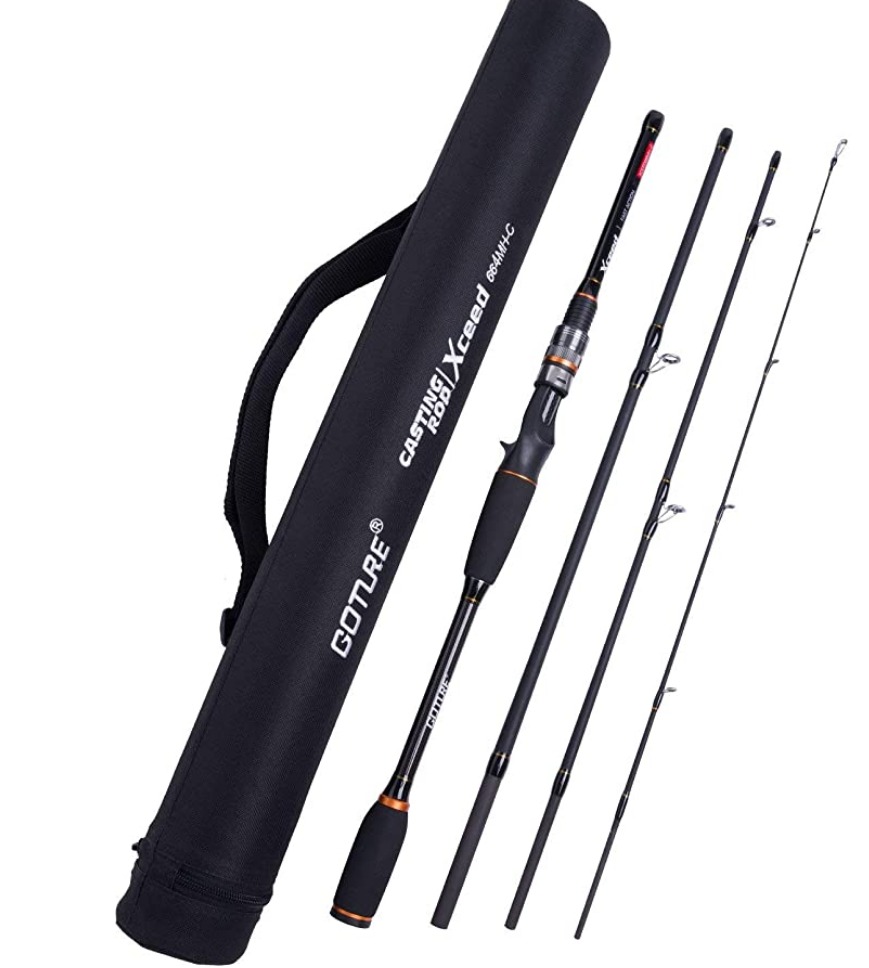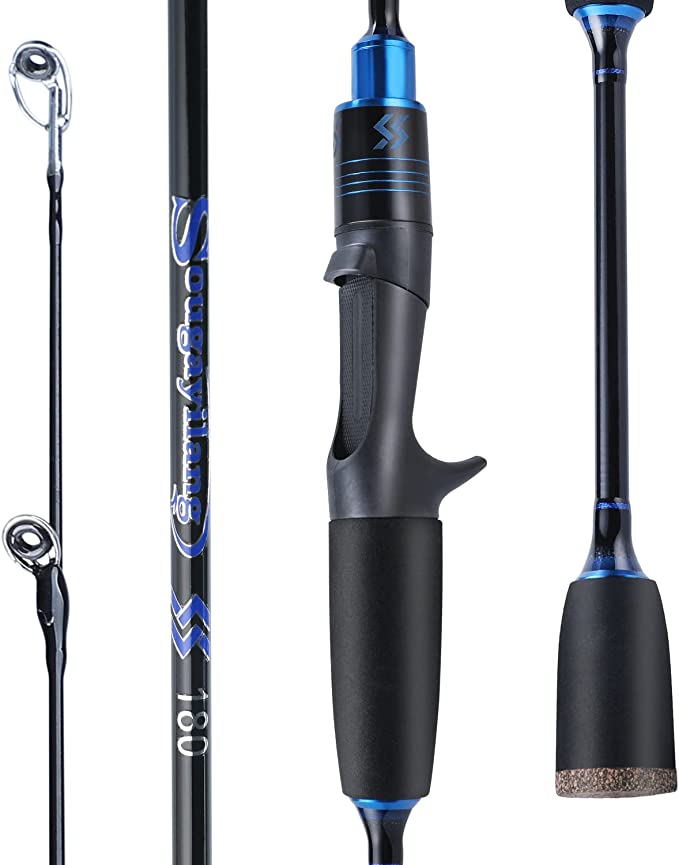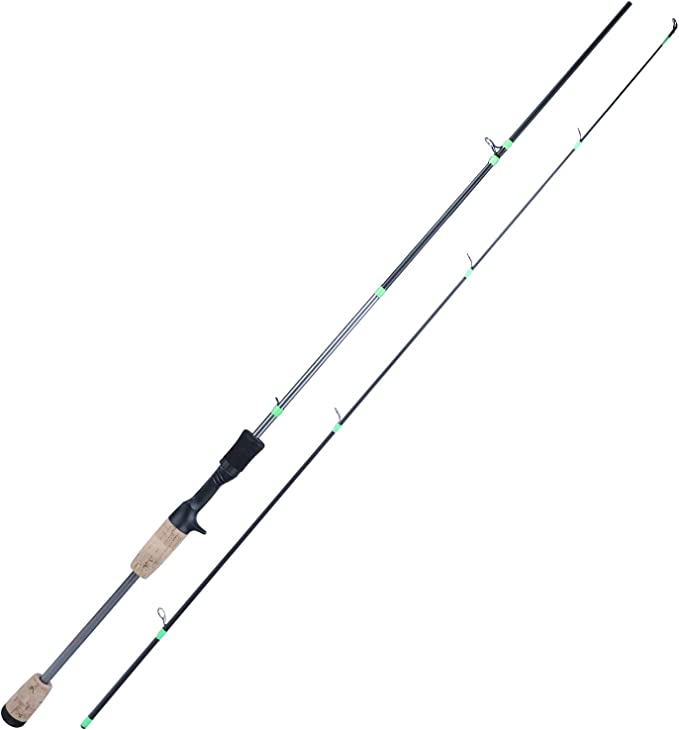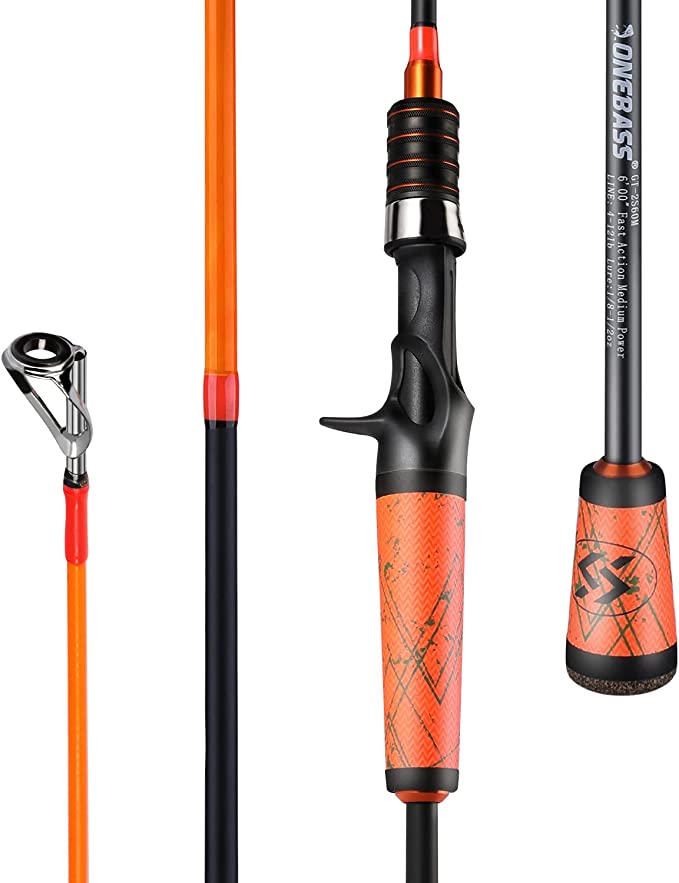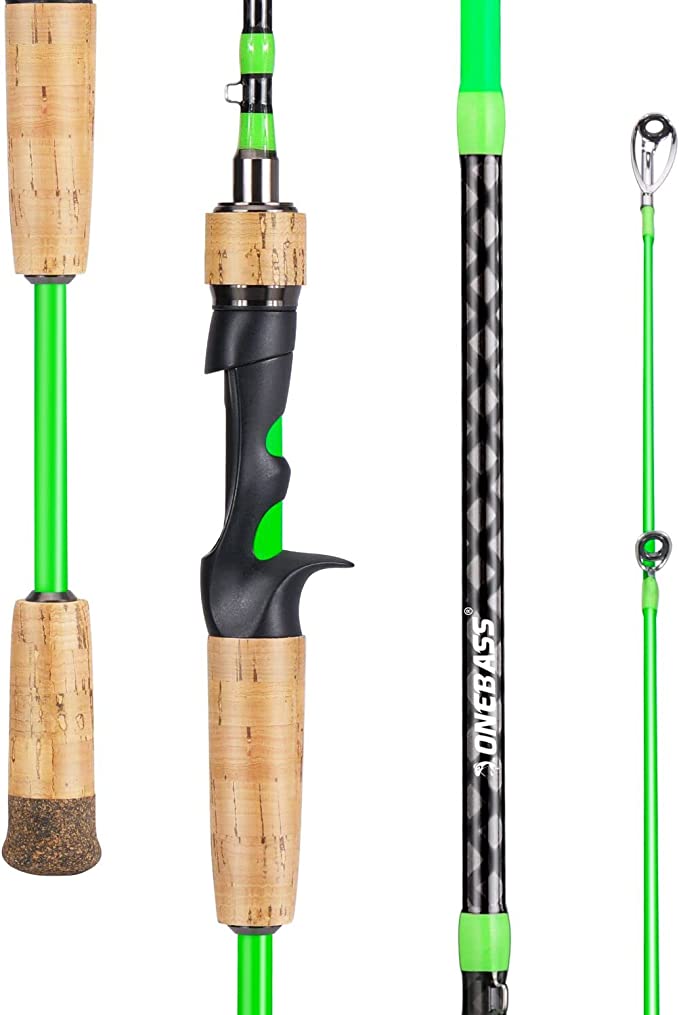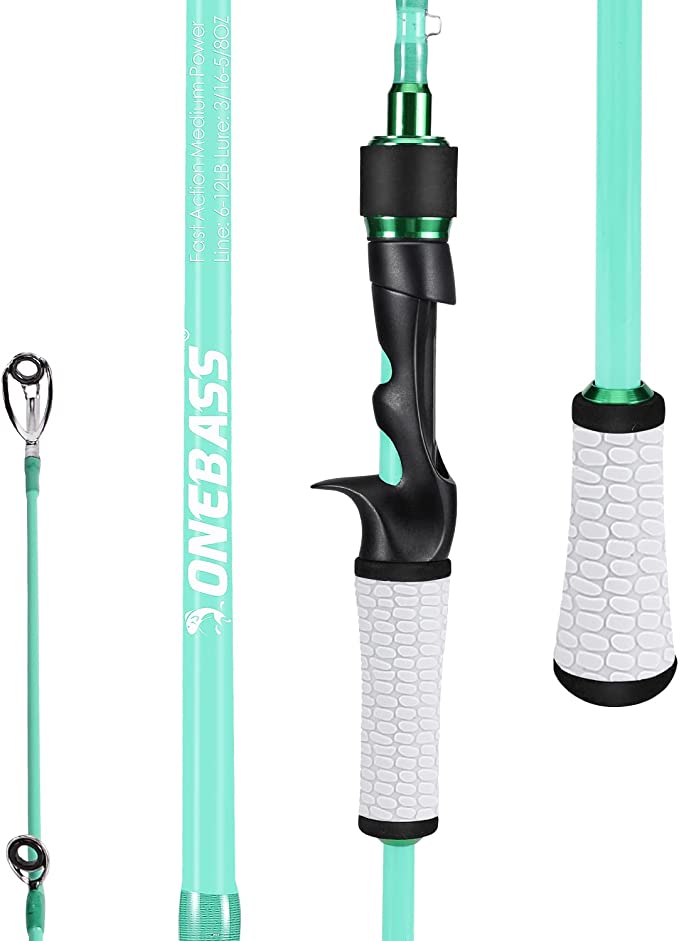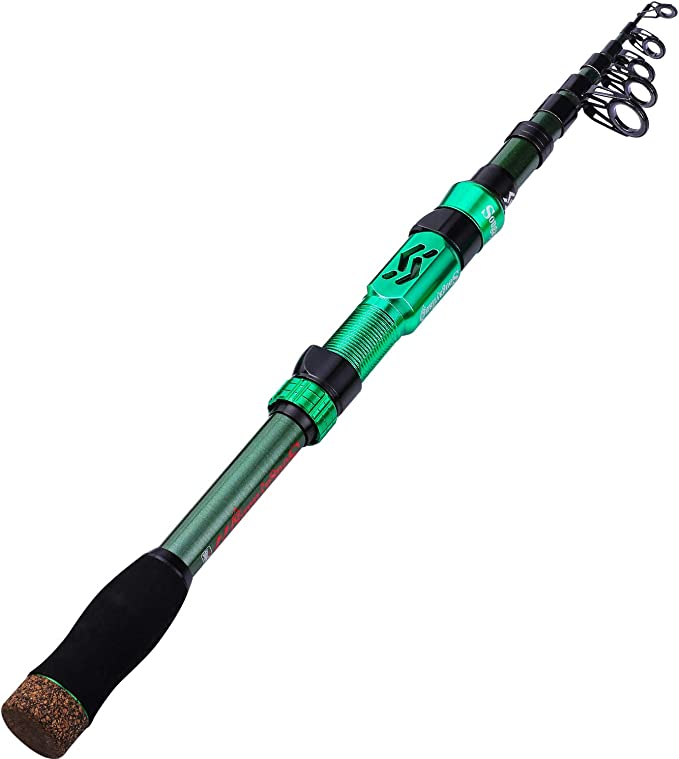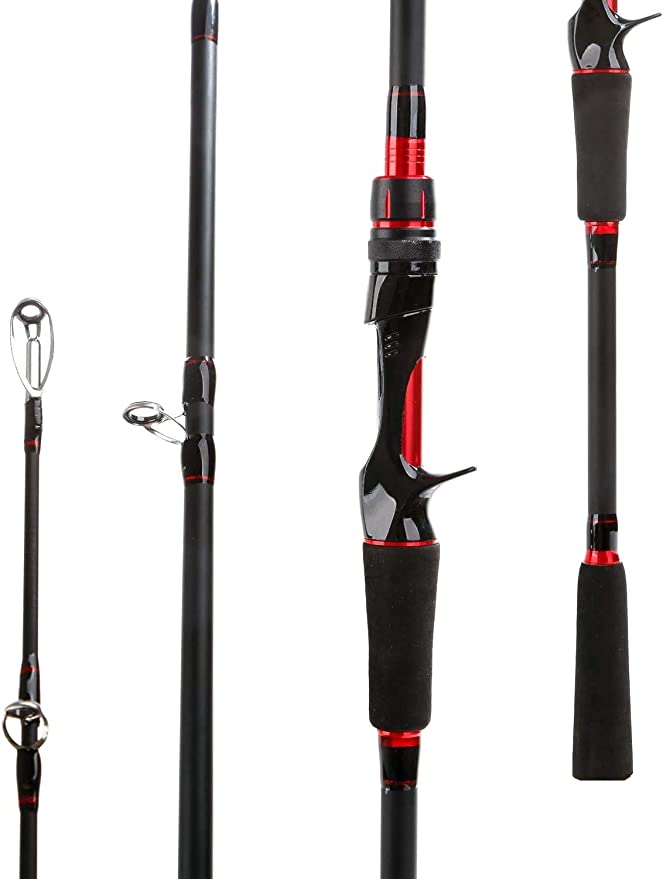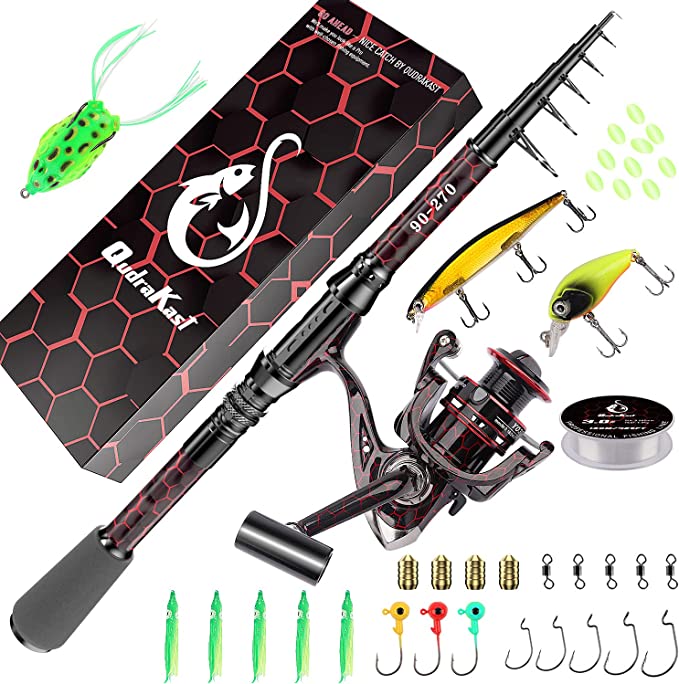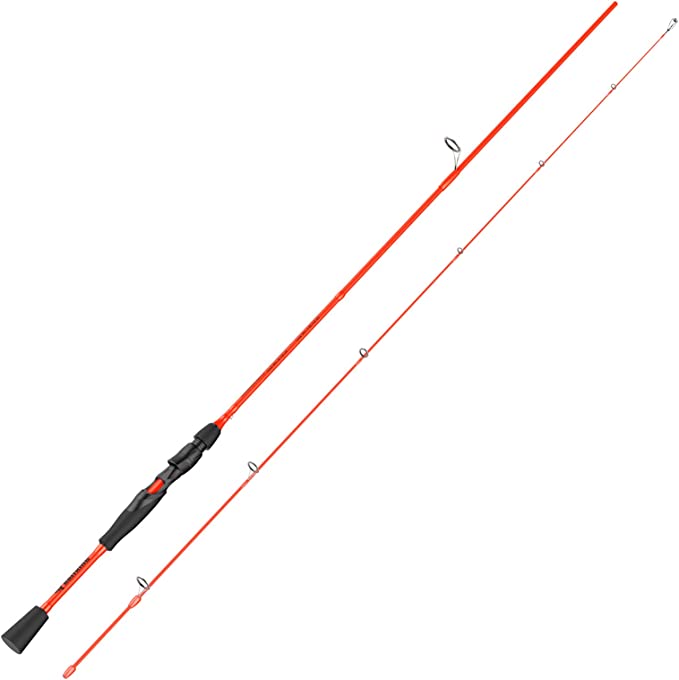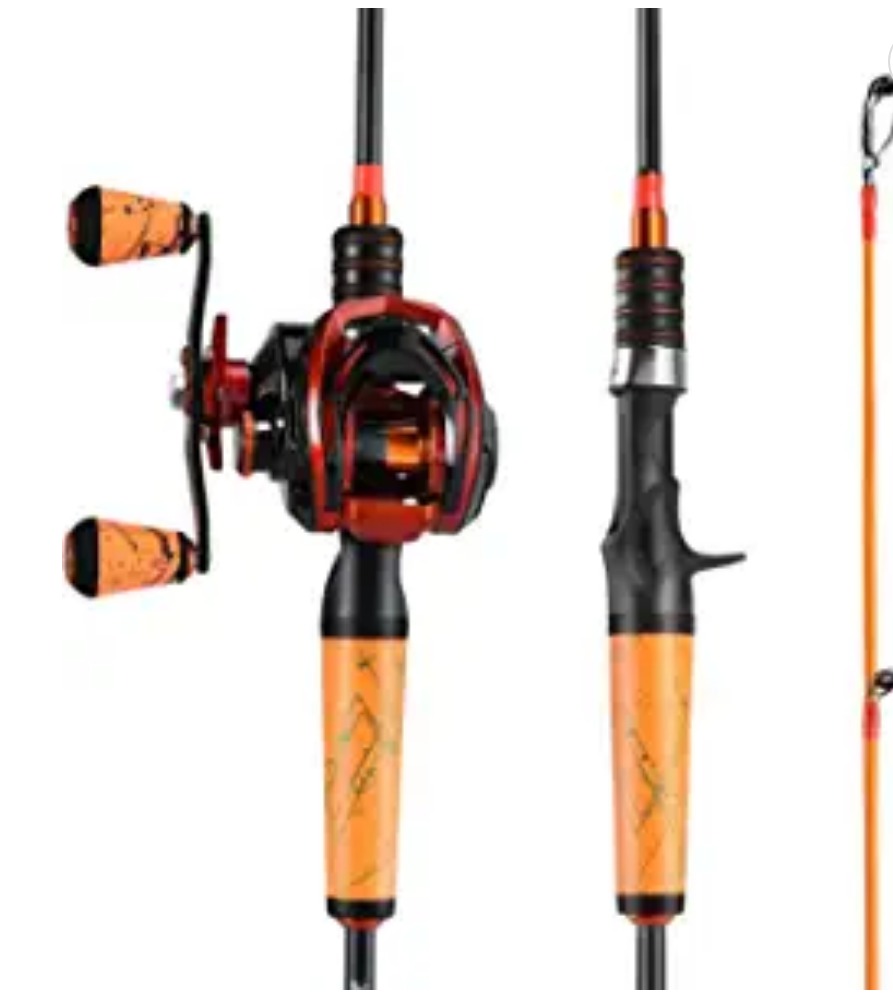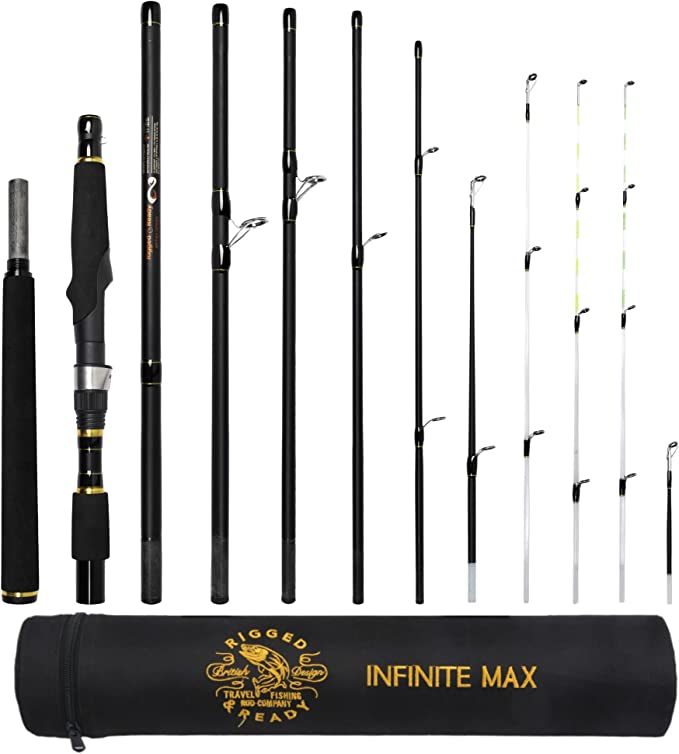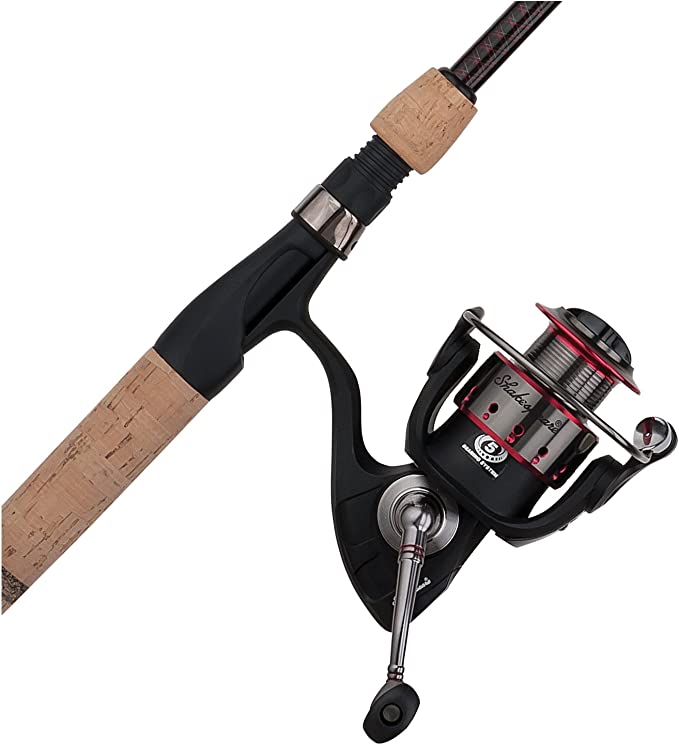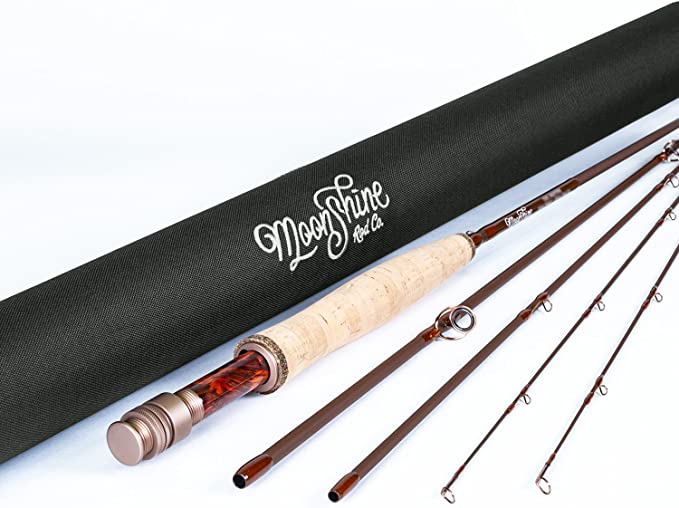The Soul of the Cast: An Angler's Guide to the Science in a Modern Fishing Rod
Update on Aug. 1, 2025, 10:36 a.m.
There’s a phantom that lives in every great fishing rod. It’s a whisper, a subtle tick-tick-tick that travels from a hundred feet away, through water and line, to announce the presence of a fish investigating your lure. For generations, anglers have called this “sensitivity,” a near-mystical quality that separates a truly exceptional rod from a lifeless stick. But this ghost isn’t magic. It’s science.
To understand it, let’s deconstruct a modern, high-performance tool, using the KastKing Speed Demon Pro Tournament Series Bass Fishing Rods as our blueprint. We’ll peel back the layers of marketing to reveal the core of material science, physics, and engineering that allows an angler to feel that whisper and turn it into a catch. This isn’t a review; it’s an exploration of the soul of the cast.
The Spine: Anatomy of a Modern Rod Blank
The heart of any rod is the blank—the tapered tube that forms its backbone. The journey to the modern blank is a story of a relentless quest for less weight and more feeling. We’ve evolved from the soulful flex of bamboo and the durable bend of fiberglass to the crisp, electric response of graphite. The Speed Demon Pro is built on what the industry calls high-modulus graphite, or carbon fiber.
Think of a tuning fork. The stiffer and more uniform the material, the more efficiently it vibrates. High-modulus carbon fiber acts like a high-performance tuning fork. It’s incredibly stiff for its weight, allowing the faintest vibrations from your lure to race up the rod’s spine to your hands with minimal energy loss.
But the carbon fibers are only half the story. The “ghost” truly materializes in the resin that binds these fibers together. KastKing calls it Nano Resin Technology, a term that speaks to innovation at a microscopic level. Imagine building a wall with perfectly shaped bricks (the carbon fibers). The strength of that wall depends entirely on the quality of the mortar between them (the resin). In standard resins, microscopic air bubbles and gaps can exist, creating weak points. Nano-resin infuses the mixture with microscopic particles, like carbon nanotubes, that are so small they permeate these voids. This creates a denser, more solid, and more powerful bond. The result is a blank that is not only stronger and more resistant to breaking under a heavy load but is also lighter, as less total resin is needed. It’s this solid-state construction that gives the phantom of sensitivity its voice.
The Mind: The Physics of Purpose-Built Design
If the blank is the rod’s body, its “action” and “power” are its mind—the strategic thinking that dictates how it behaves. These aren’t arbitrary terms; they are precise descriptions of its mechanical properties, grounded in physics.
Power is the rod’s raw strength, its resistance to bending. Think of it as a lever. A “Heavy” power rod is a stiff, powerful lever, designed to move a big fish out of thick cover.
Action describes where the rod bends. A “Fast” action rod flexes primarily near its tip, like a quick, snappy spring, ideal for rapid, forceful hooksets. A “Moderate” action rod bends deeper into its mid-section, creating a more parabolic, forgiving arc.
This is where “technique-specific” design becomes crucial applied physics. Let’s examine two opposing scenarios:
Case Study in Finesse: The Crankbait Conundrum. A crankbait is armed with small, sharp treble hooks. If you use a stiff, Fast action rod, the violent force of the hookset can rip those small hooks right out of the fish’s soft mouth. The solution? An engineering compromise. The Speed Demon Pro crankbait models use a composite blend of graphite and S-Glass. S-Glass is a type of fiberglass with higher elasticity. It creates a more Moderate action, turning the rod into a shock absorber. When a fish strikes, the deep, parabolic bend cushions the impact, keeping steady pressure on the hooks without tearing them free. It’s a design that values finesse over force.
Case Study in Force: The Punching Paradox. Punching involves forcing a heavy weight and lure through dense mats of vegetation. Here, you need the opposite: a powerful, unyielding tool. A “Heavy” power, “Fast” action rod acts as an efficient, unforgiving lever. The fast tip allows for an explosive transfer of energy to drive a large, single hook home, while the immense power in the lower two-thirds of the blank gives you the authority to wrench the fish from its snag-filled home.
The Senses: How Components Connect You to the Water
A rod’s blank and design create its potential, but its components are what translate that potential into tangible feeling. They are the rod’s nervous system.
The guides—the small rings that direct the fishing line—are far more than simple loops. The Speed Demon Pro uses components from Fuji, a name that has become an industry standard for quality. The rings themselves are often made of Alconite, a specific formulation of aluminum oxide ceramic. Think of a guide as a bridge for vibration. It must be incredibly smooth to minimize friction for long casts, but also incredibly hard and rigid to transmit the line’s vibrations into the blank without absorbing them. The hardness of Alconite makes it exceptionally durable against the sawing action of modern braided lines, while its rigidity ensures it acts as a clean, efficient node for transmitting every bump and bite.
Finally, consider the point of contact: the handle. The specifications list EVA (Ethylene Vinyl Acetate), a dense, durable, and lightweight foam. It’s a fantastic all-around material. However, user experiences and marketing often point to the use of Winn Grips, a polymer material known for its incredible tackiness, especially when wet. This highlights a classic engineering trade-off. EVA offers phenomenal longevity but can feel slippery when coated in water or fish slime. Winn Grips provide an unmatched, confident hold in the worst conditions, but that high-friction surface can, over time, show more wear. The choice between them isn’t about which is “better,” but which performance characteristic is prioritized: absolute durability or ultimate grip.
The Enlightened Angler
As we reassemble our deconstructed rod, a new picture emerges. A modern fishing rod is not a simple object but a symphony of interconnected sciences. The nano-scale chemistry of its resin empowers the physics of its blank. The calculated mechanics of its action and power are tailored to the biological realities of its quarry. And the material science of its components determines how clearly you, the angler, can hear the music.
Understanding this doesn’t just help you choose a better tool. It transforms your relationship with it. You begin to appreciate the subtle flex as a transfer of energy, to feel the handle not just as a grip but as a receiver, and to interpret that ghostly whisper through the line not as magic, but as the elegant result of applied science. The soul of the cast, you realize, has been in the engineering all along.
